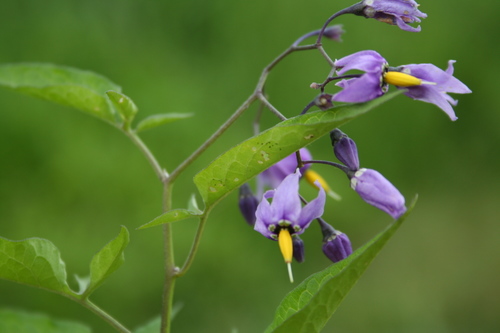About Madagascar periwinkle
A small, evergreen subshrub native to Madagascar, known for its glossy leaves and showy flowers.
Care Requirements
Water Needs
every 7–10 days, allowing soil to dry slightly between waterings
Allow soil to dry between waterings; avoid overwatering; ensure good drainage....Light Requirements
Full sun to partial shade
Bright indirect light or full sun (6–8 hours/day); adjust for intense summer s...Care Level
Easy
moderateSoil Requirements
well-draining, sandy loam with moderate organic content
Ensure soil dries between waterings; avoid heavy clay soils; amend with compost ...Temperature Needs
Prefers 65–80°F (18–27°C); tolerates mild frosts but thrives in warm conditions.
Protect from frost; ensure good air circulation; adjust watering for temperature...Common Problems & Solutions
Yellow Leaves
Yellow leaves in Catharanthus roseus may indicate nutrient deficiencies, overwatering, or pest infes...
Diagnose & FixWilting
Wilting in Catharanthus roseus can result from water stress, either due to overwatering causing root...
Diagnose & FixComplete Care Guides
How to Propagate
Stem cuttings...
Best Time: Spring or early summer when plant is actively growing
Full Propagation GuideHow to Prune
Pinch back tips; cut just above a leaf node; remove leggy stems...
Frequency: Every 4–6 weeks during growing season; lightly prune year-round
Full Pruning GuideHow to Repot
Remove plant gently; trim roots if needed; place in new pot with fresh soil; water lightly...
Best Season: Spring, before active growth begins
Full Repotting GuideHow to Fertilize
Use balanced liquid fertilizer diluted to half strength every 4–6 weeks during growing season; red...
Frequency: every 4–6 weeks during active growth with balanced liquid fertilizer
Full Fertilizing GuideFrequently Asked Questions
Q: Is Catharanthus roseus toxic to pets?
A: Yes, it is toxic to dogs and cats if ingested.
Read Full AnswerQ: Does Catharanthus roseus require full sun?
A: It thrives in full sun to partial shade.
Read Full AnswerQ: Can Catharanthus roseus be grown indoors?
A: It can be grown indoors with sufficient light, but it prefers outdoor conditions.
Read Full AnswerSimilar Plants




